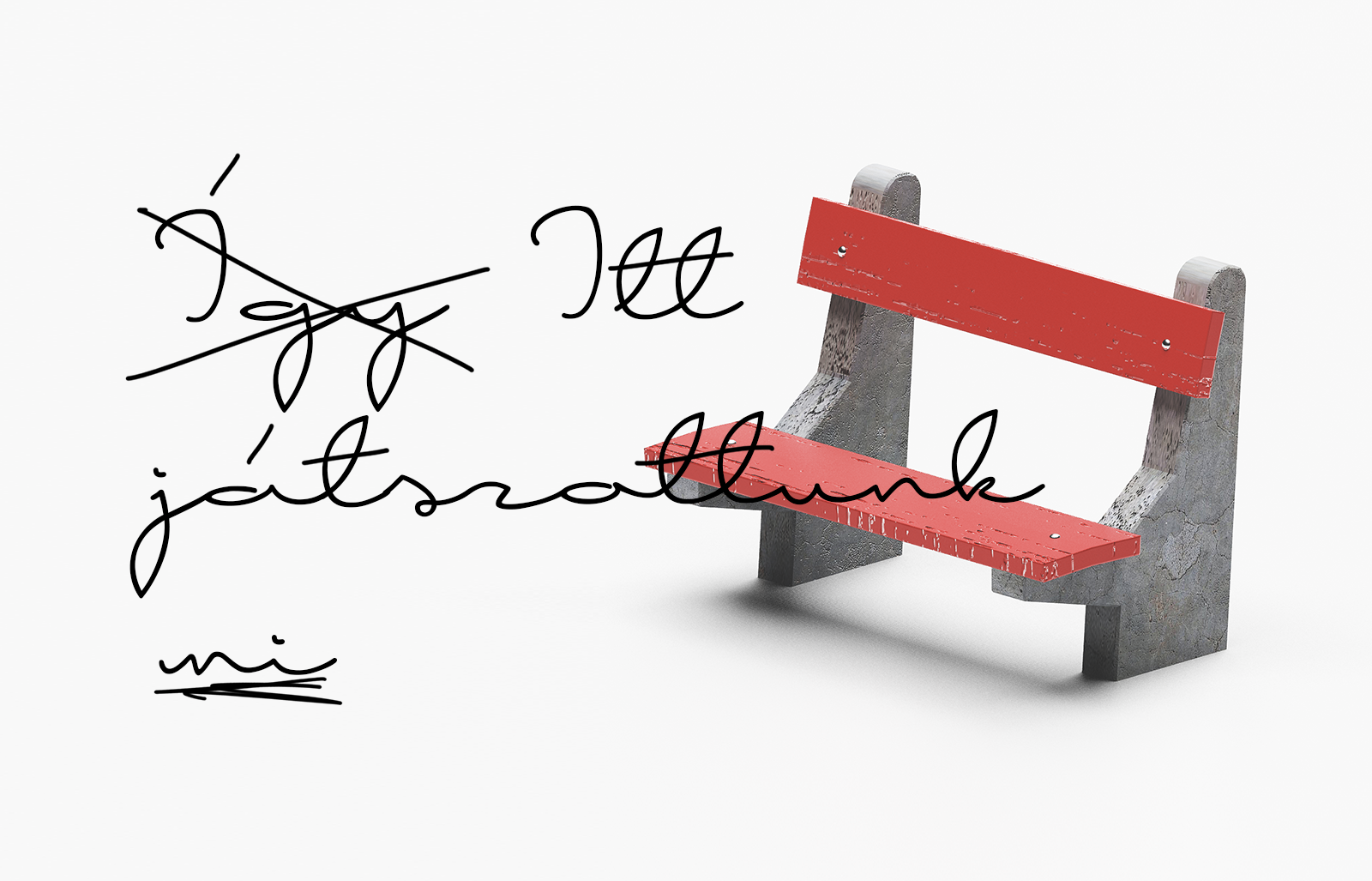The first-ever playgrounds of Hungary debuted in the 1920s, but these were quarters in parks where kids could run freely. Between the two World Wars swings, slides and seesaws also appeared on the playgrounds. In the 1960s the first plans were born about themed playgrounds which served 4 decades of generations while being a determinative place for these children.
The 70s was the era of concrete which partially was because of the industrialized building system and on top of that the stone mines were running out of the good quality ’Üröm’ stone. The concrete and terrazzo appeared as pavement, supporting wall, terminal, barrier, seating and as standardized 40×40 road element.
The fast pace of government-commissioned constructions and the accelerated construction technology required fast planning and easy execution. According to the type designs of FŐKERT (the gardening company of Budapest) many playgrounds, kindergarten- and schoolyards were built which were simple, schematic, cheap and easy to execute. This is the reason why the playgrounds of our childhood followed raw functionality regarding both the use of material and design. The strongest manifestation of this alloy was the concrete slides.
Regardless of EU restrictions, falling on our faces from the swings, falling off of monkey bars, the concrete – steel- gravel combo meant the world to generations, a world were only our only limitation was our fantasies.

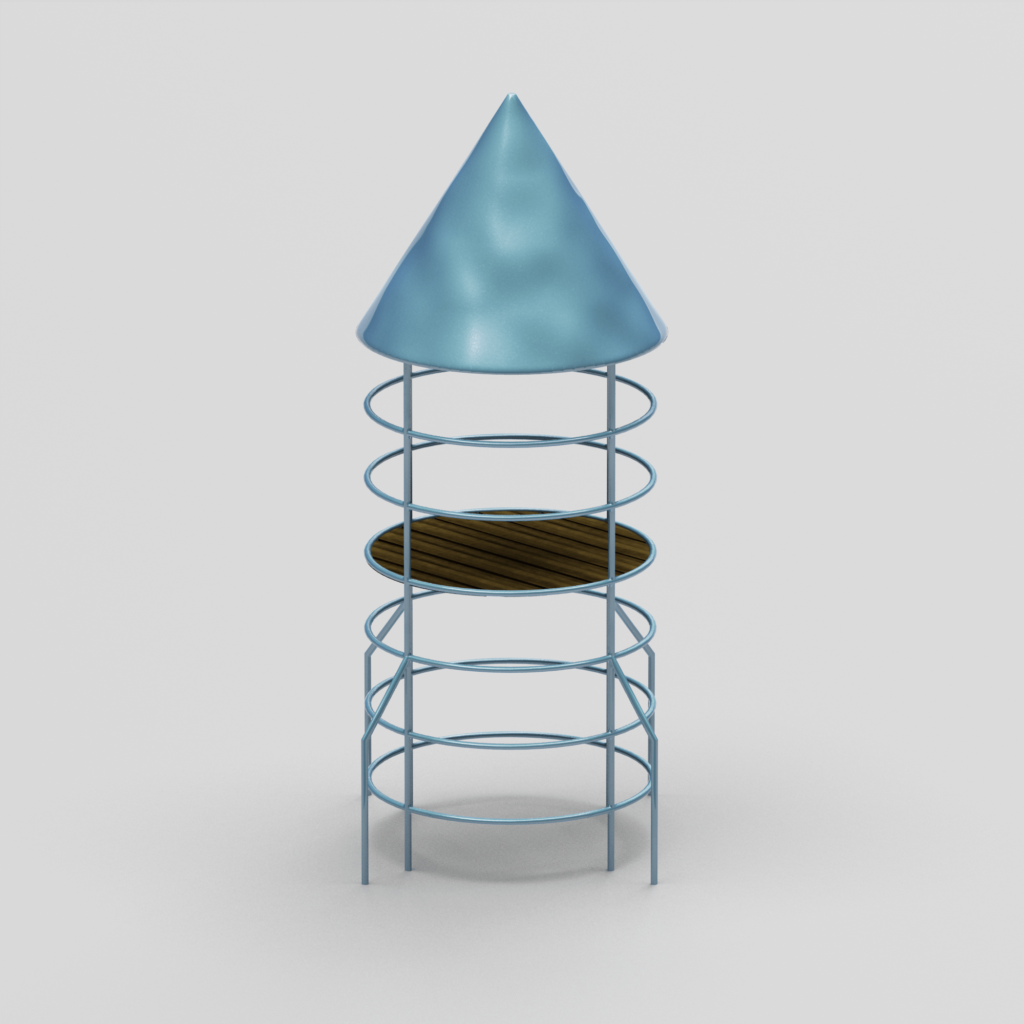


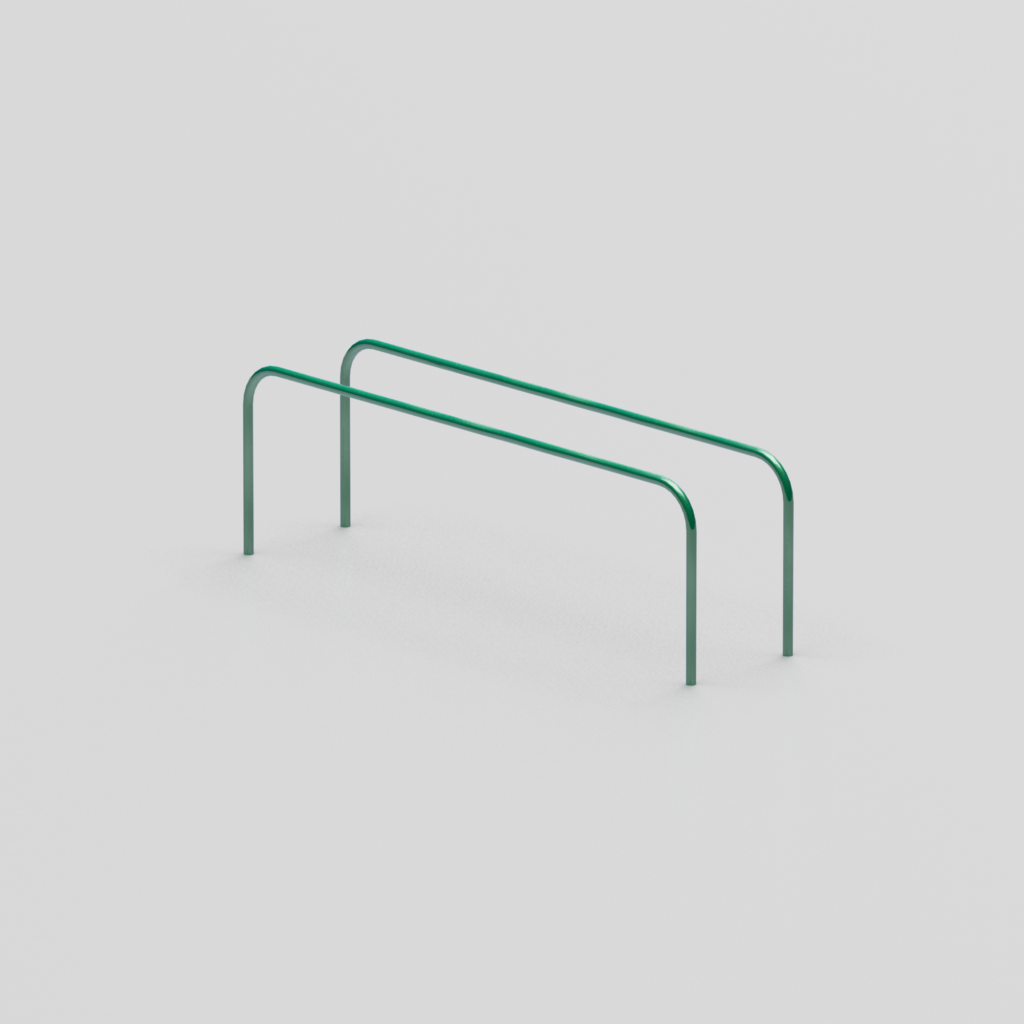
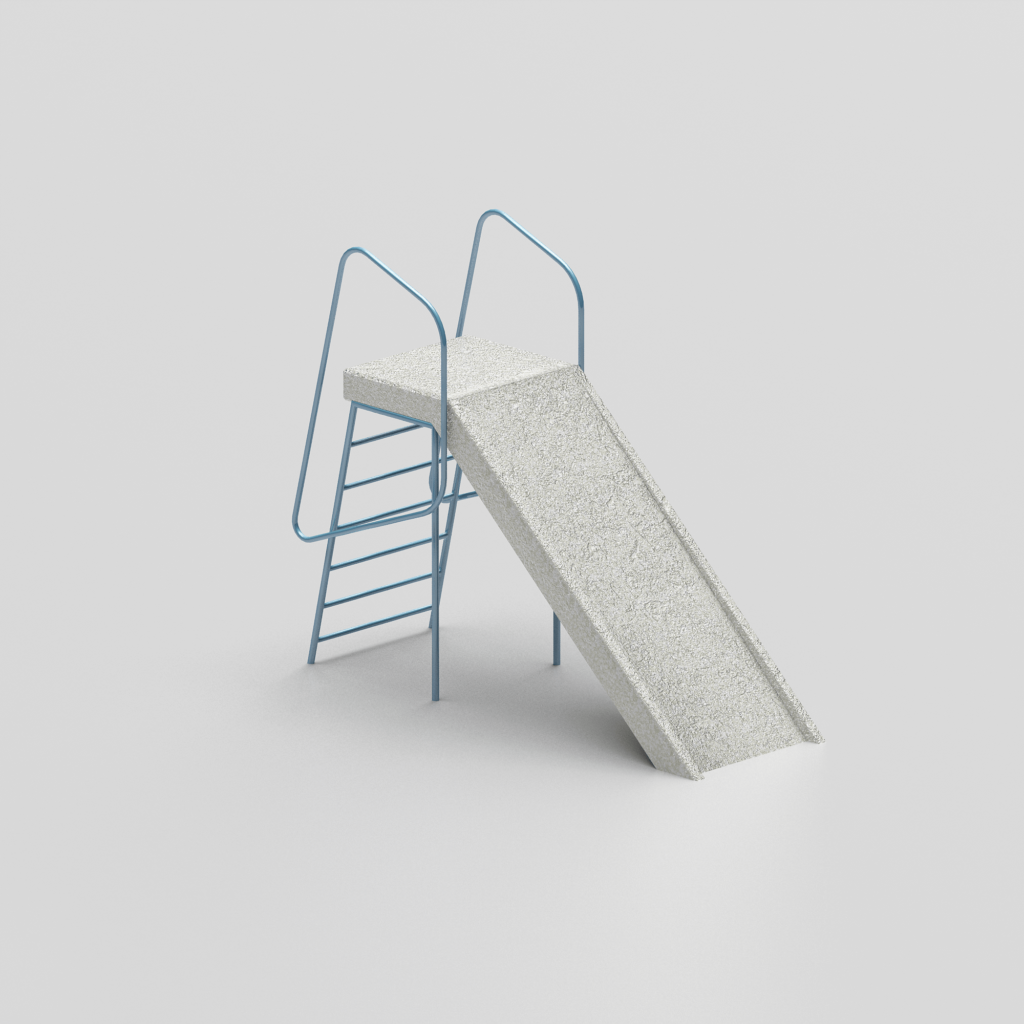
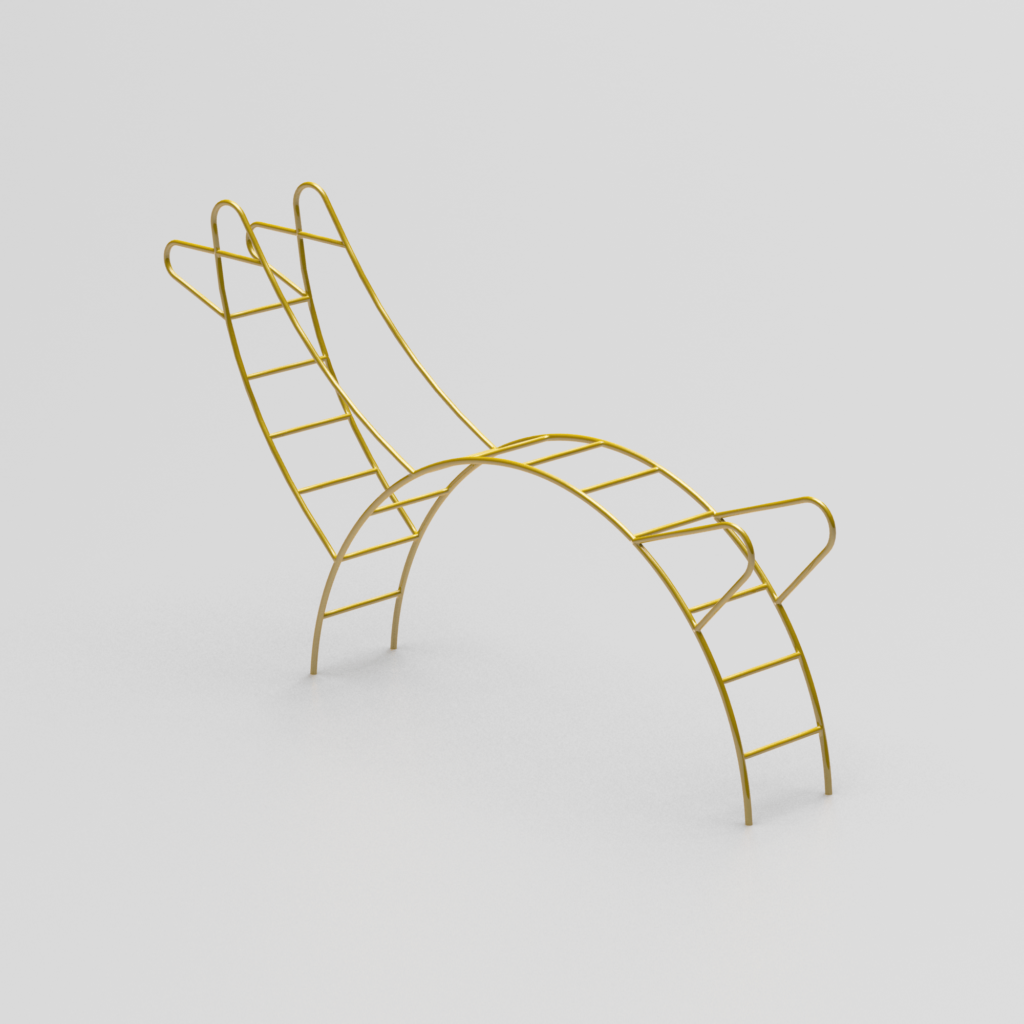
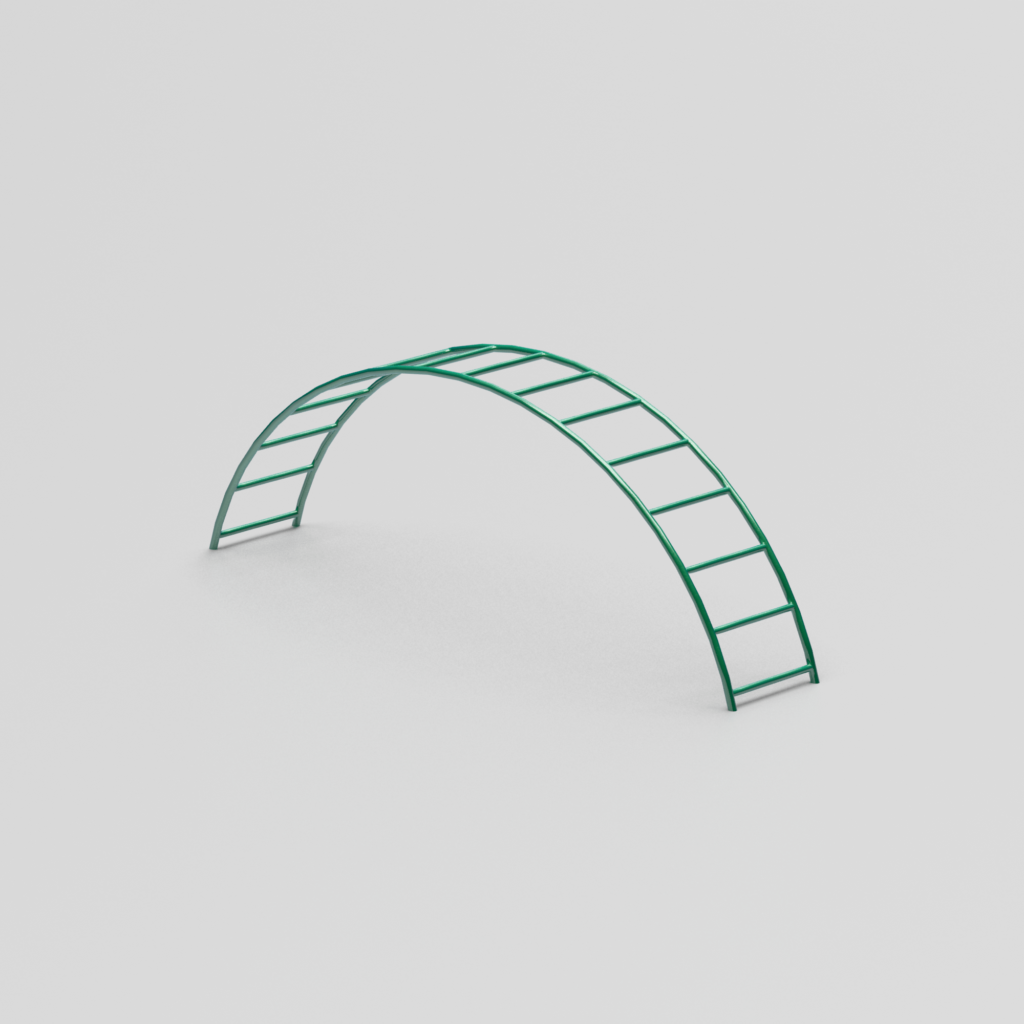
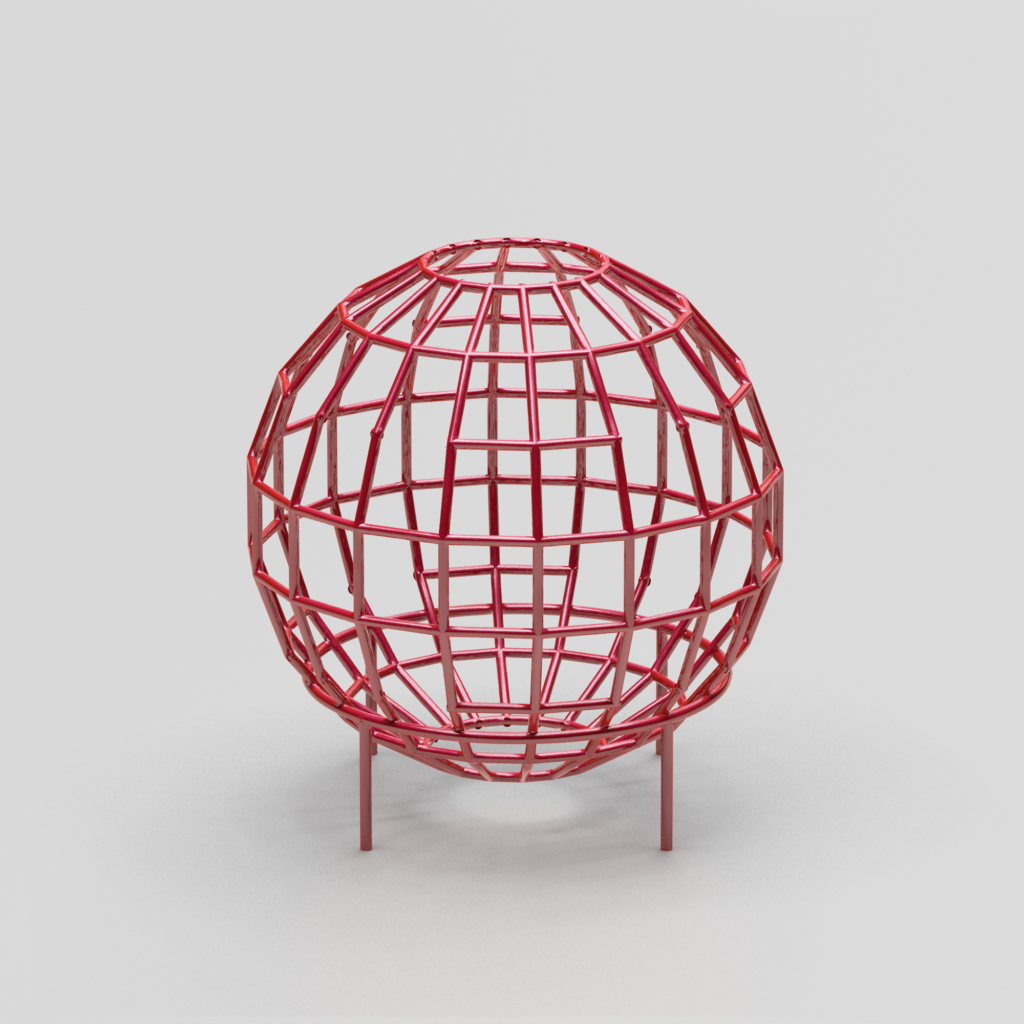
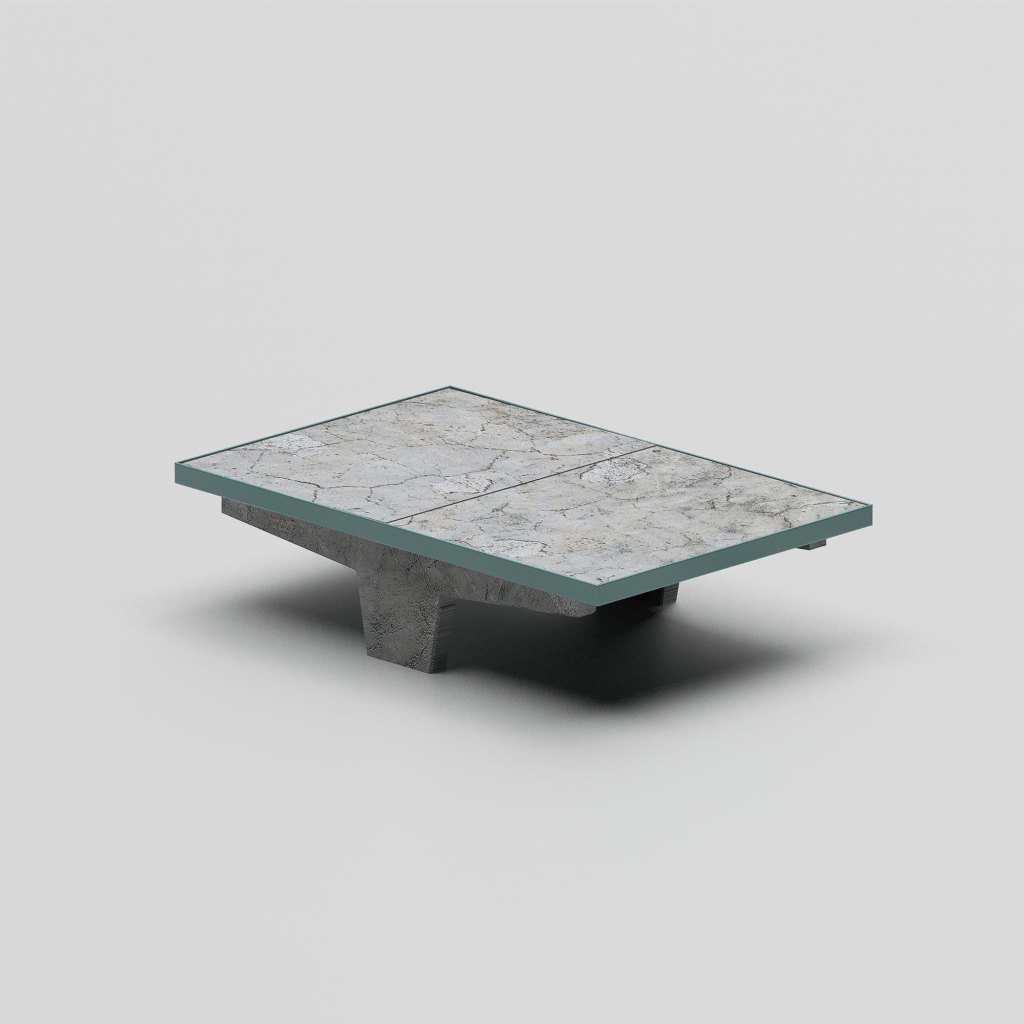
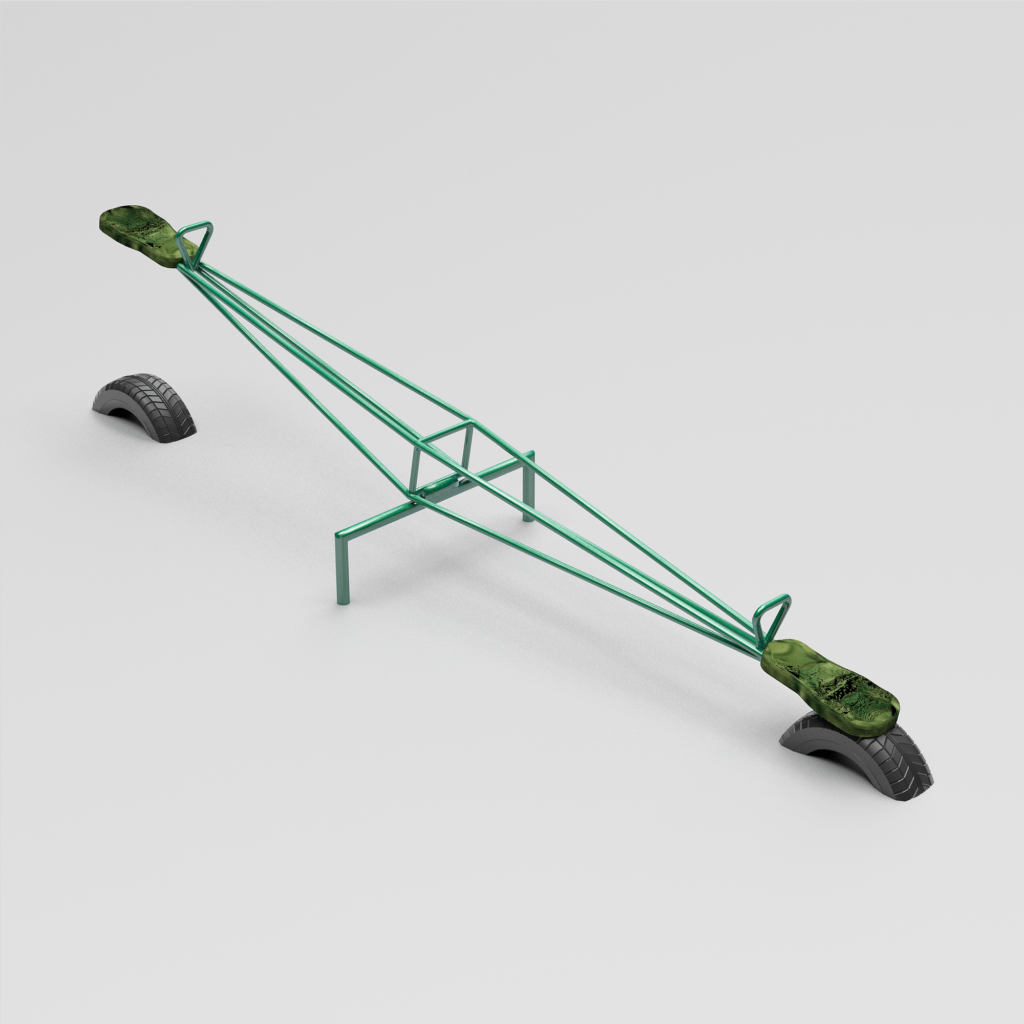
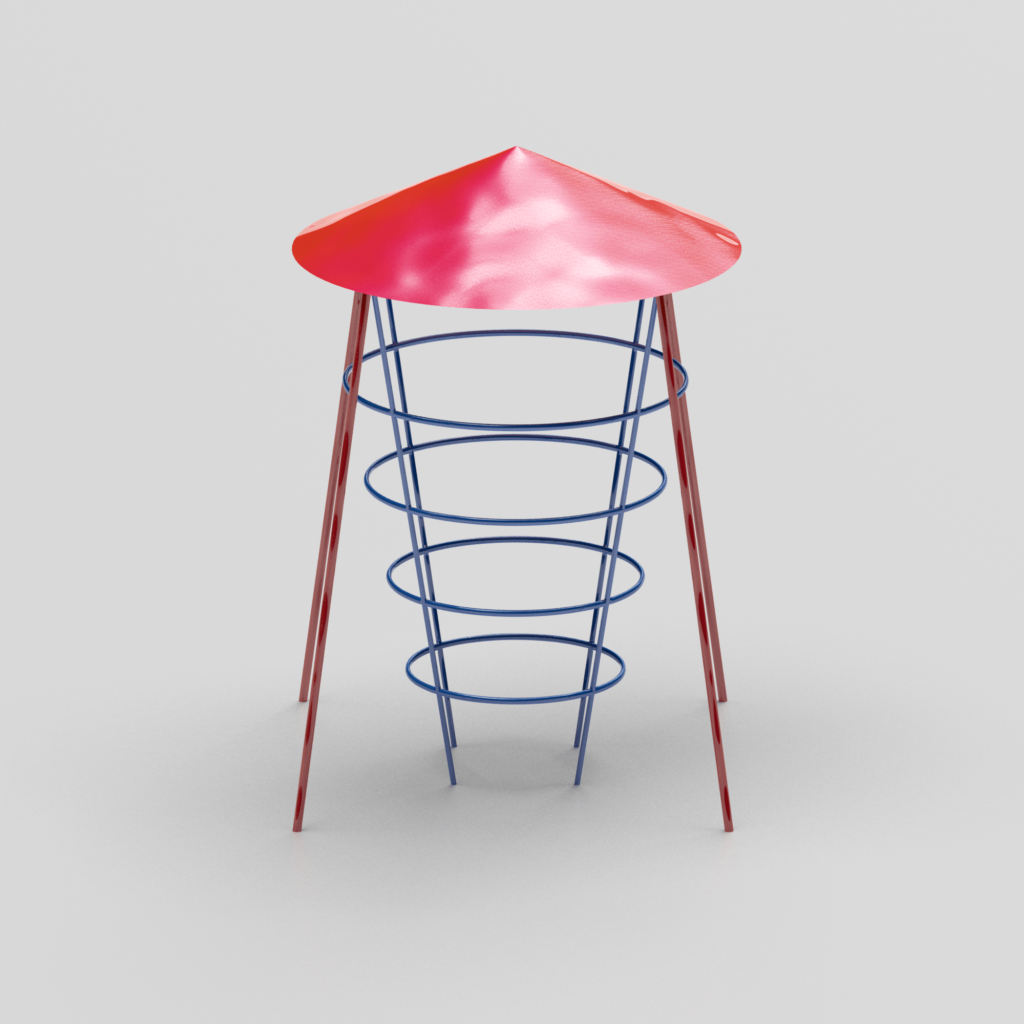
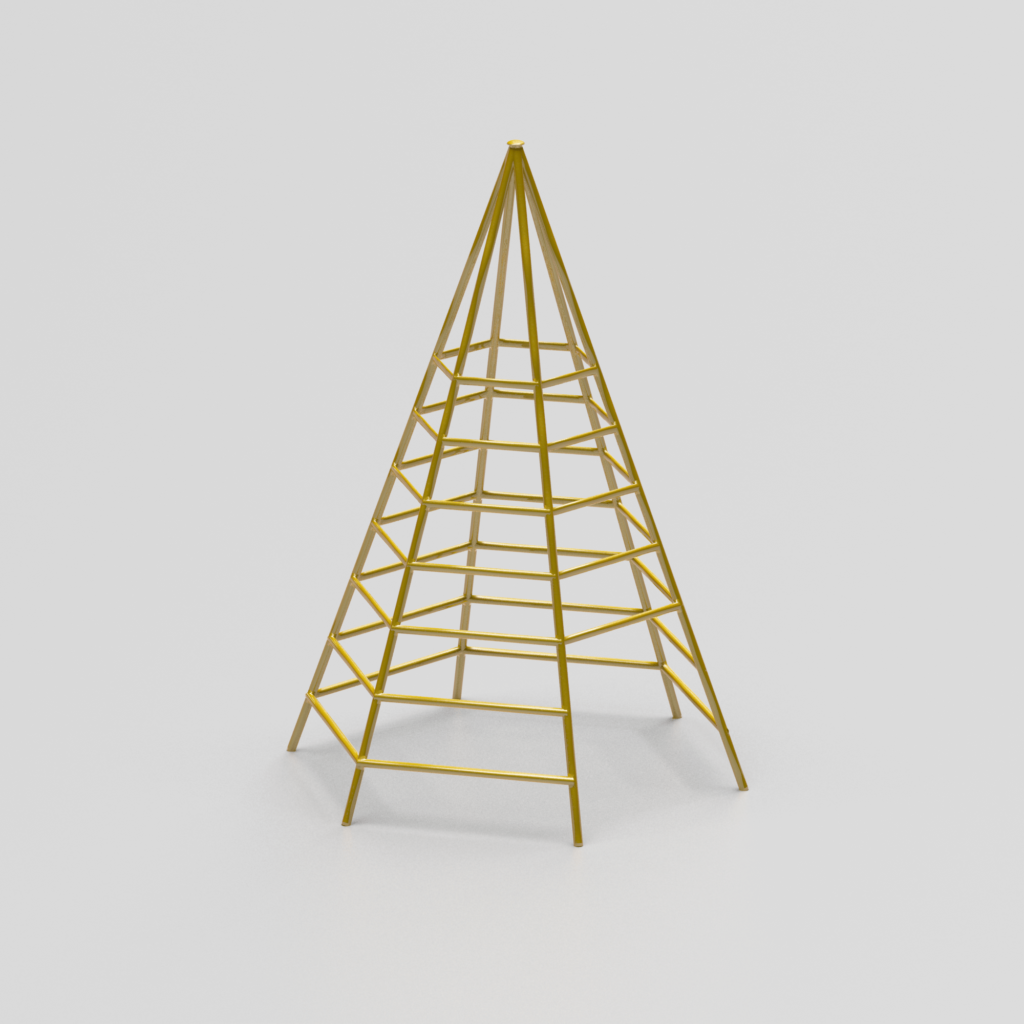
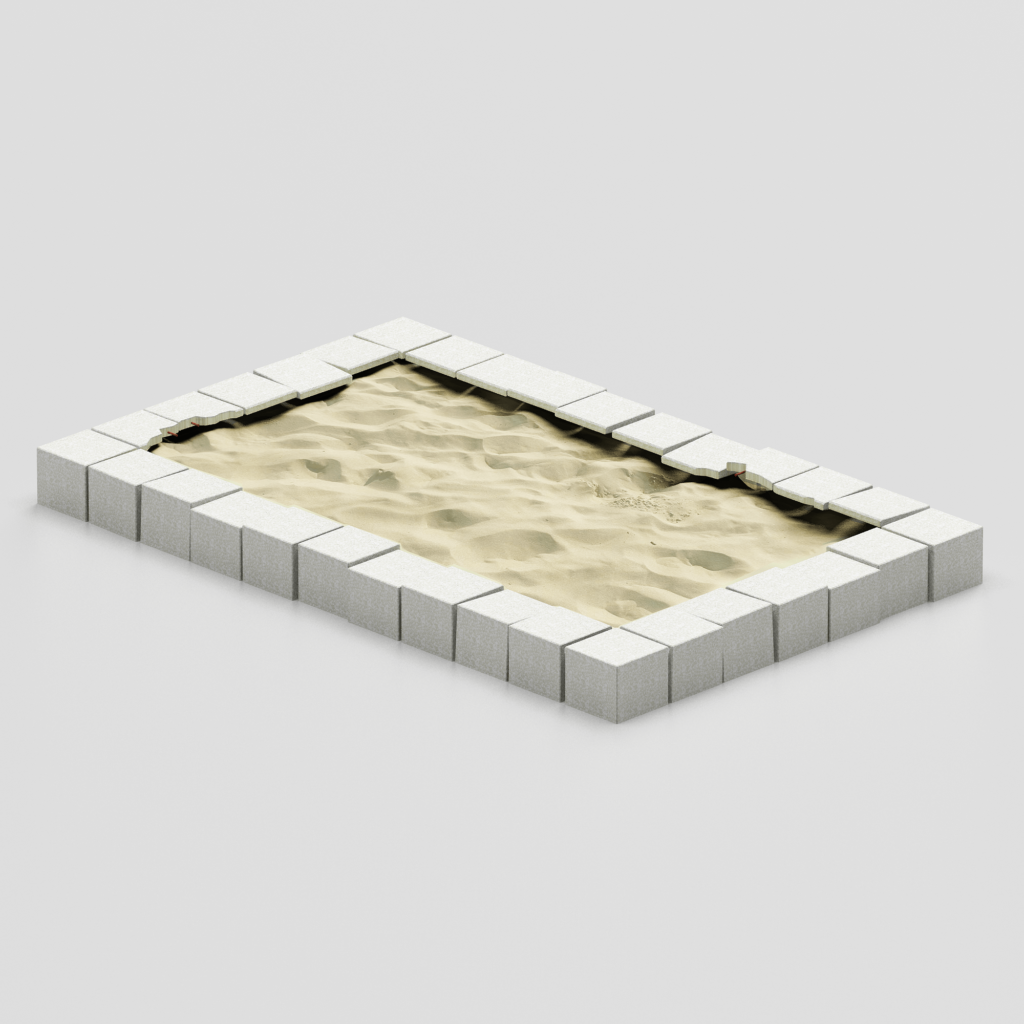
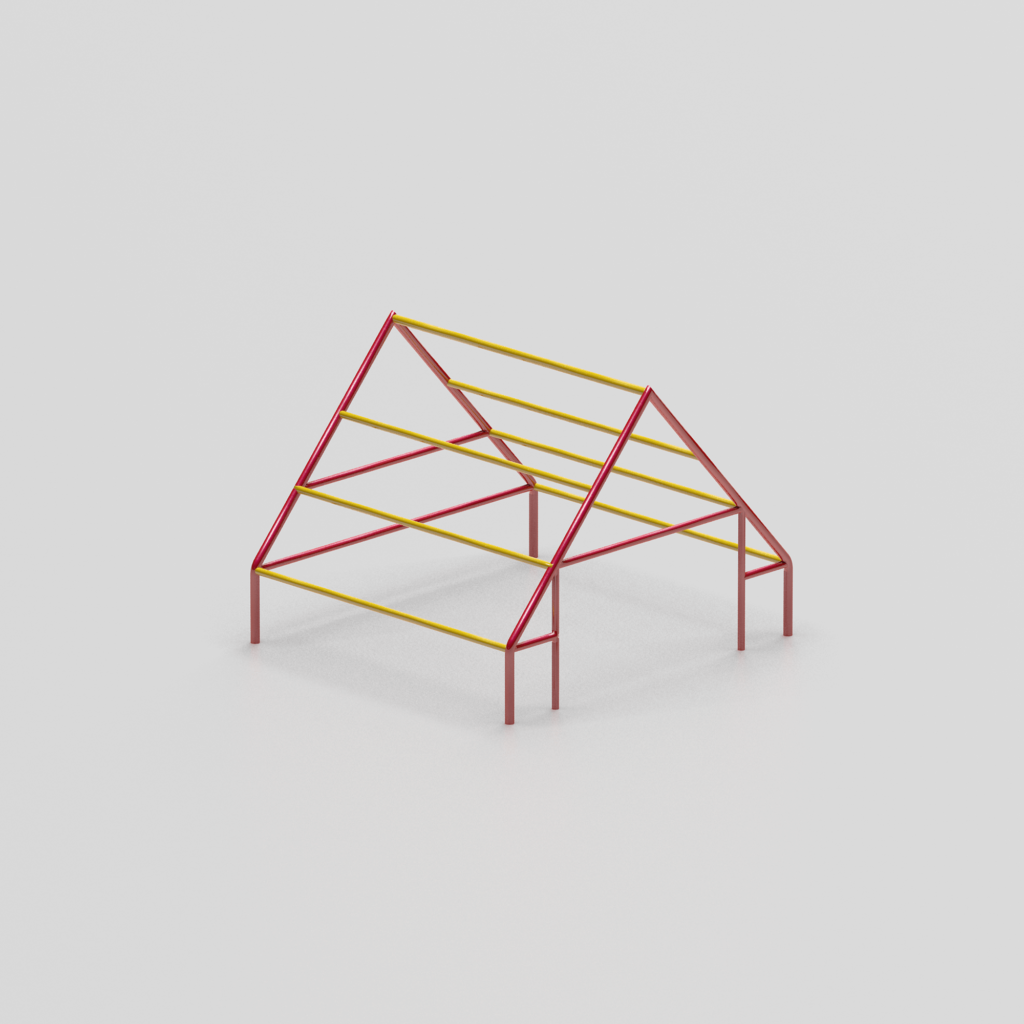
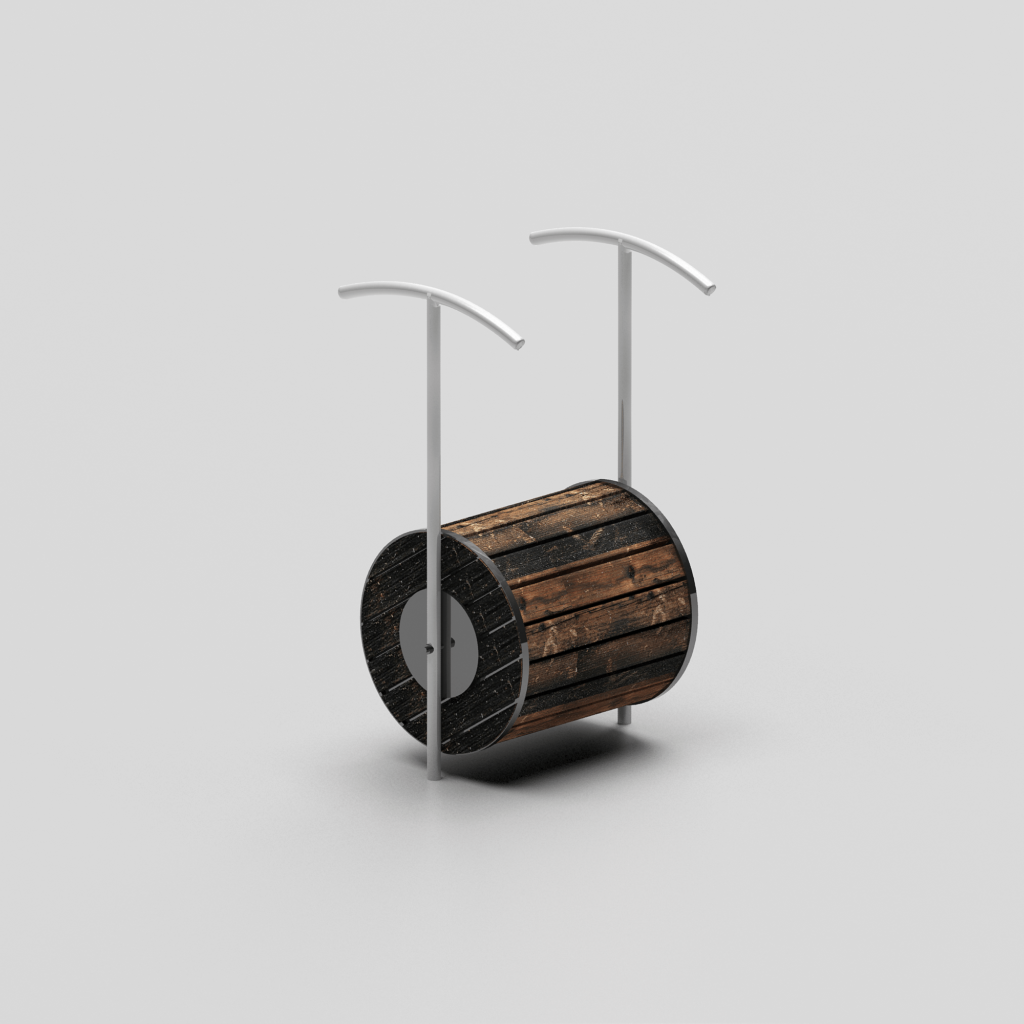


+1
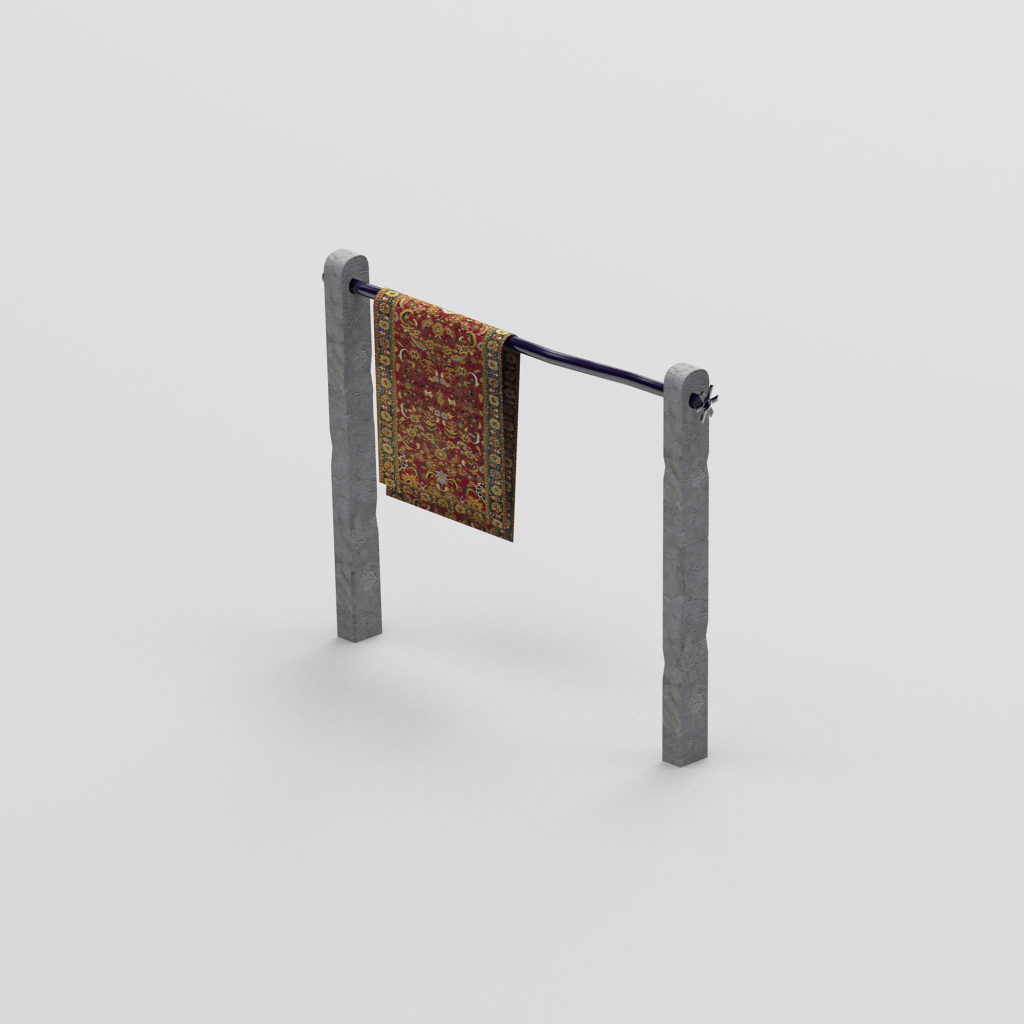
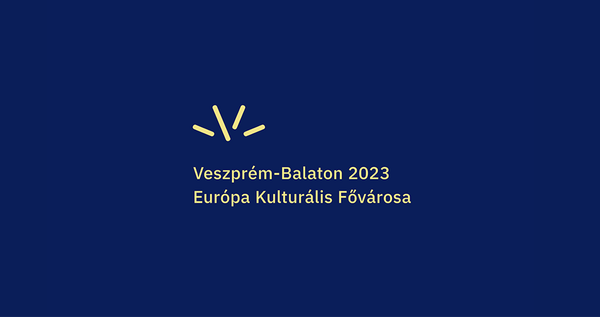
Veszprém 2030
Canoo










